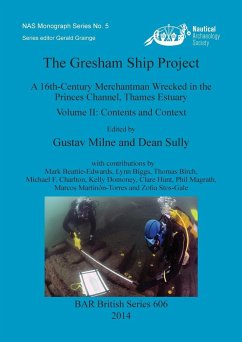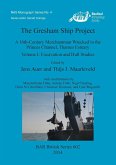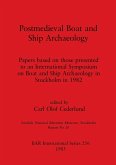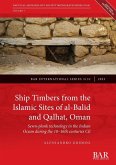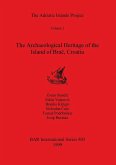Sometime in the late 16th to early 17th century an armed merchantman foundered in the Thames Estuary. Forgotten for over four centuries, it was rediscovered in 2003 as the Port of London Authority began clearing navigational hazards from the Princes Channel. Wessex Archaeology were alerted and recovered five sections of the ship's hull and four guns, as well as numerous artefacts.The first report in this two-volume set presented studies of the hull compiled by the University of Southern Denmark. The second volume describes the research undertaken at University College London on the wider maritime context, the conservation process and the analysis of the contents recovered from the wreck site. Prominent in the cargo were 42 iron bars thought to be of a type - so-called 'voyage iron' - sometimes traded to West Africa as the first stage of the transatlantic slave trade. With a tonnage of some 150 tons, the Gresham Ship emerges from this research as an all too rare example of typical armed merchantman of theage, capable of ocean passages, operating as a privateer or even serving with the Queen's Navy against the Armada. With contributions by Mark Beattie-Edwards, Lynn Biggs, Thomas Birch, Michael F. Charlton, Kelly Domoney, Clare Hunt, Phil Magrath, Marcos Martinón-Torres and Zofia Stos-Gale
Hinweis: Dieser Artikel kann nur an eine deutsche Lieferadresse ausgeliefert werden.
Hinweis: Dieser Artikel kann nur an eine deutsche Lieferadresse ausgeliefert werden.

